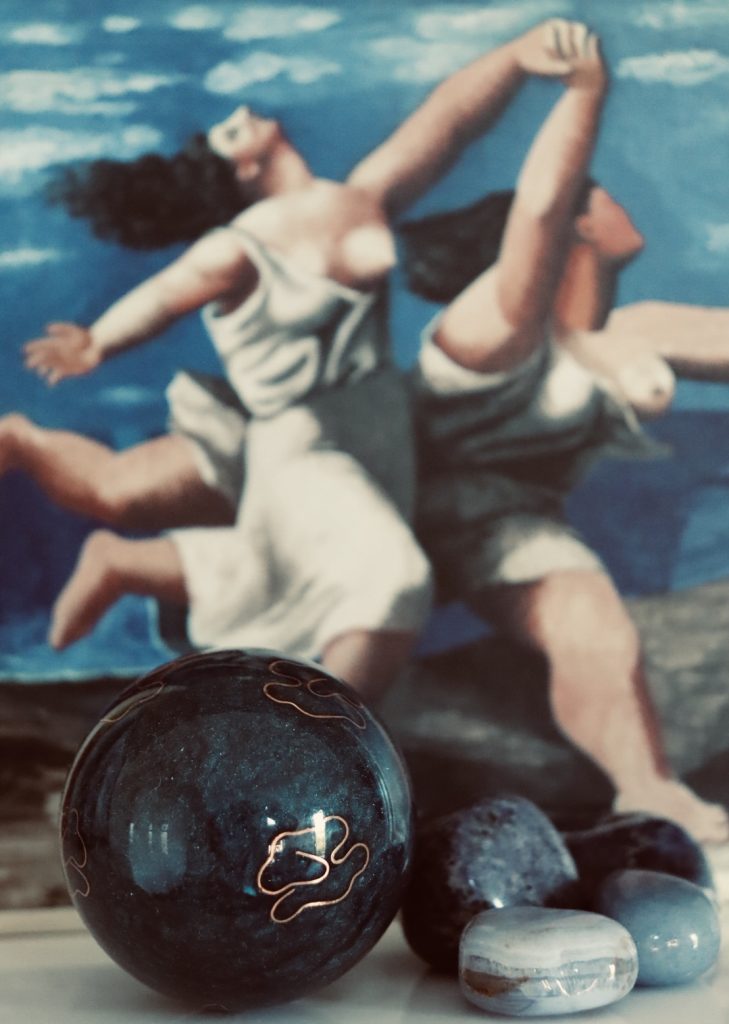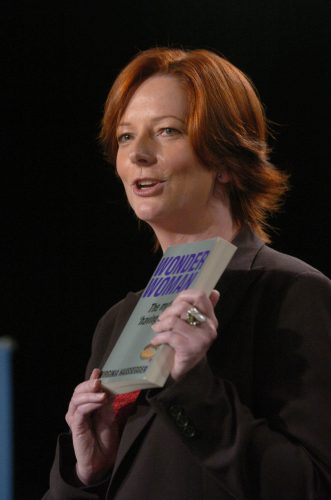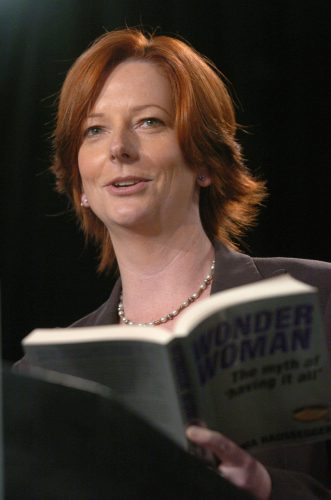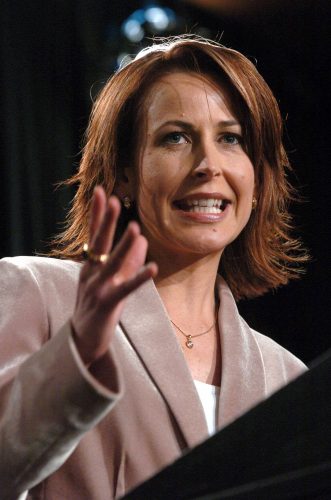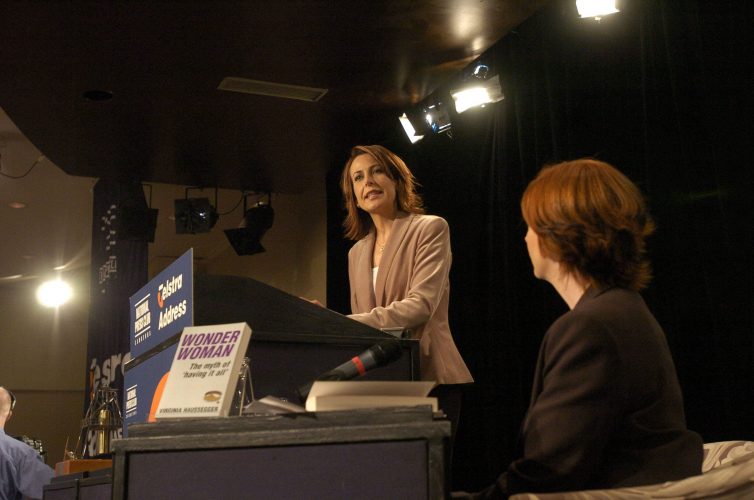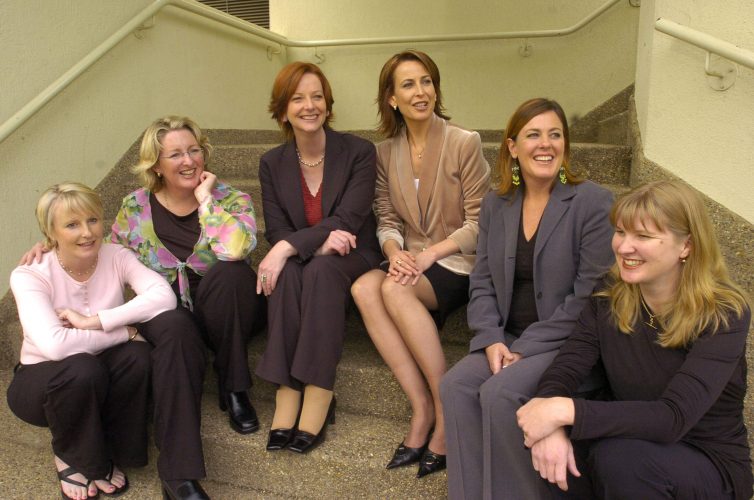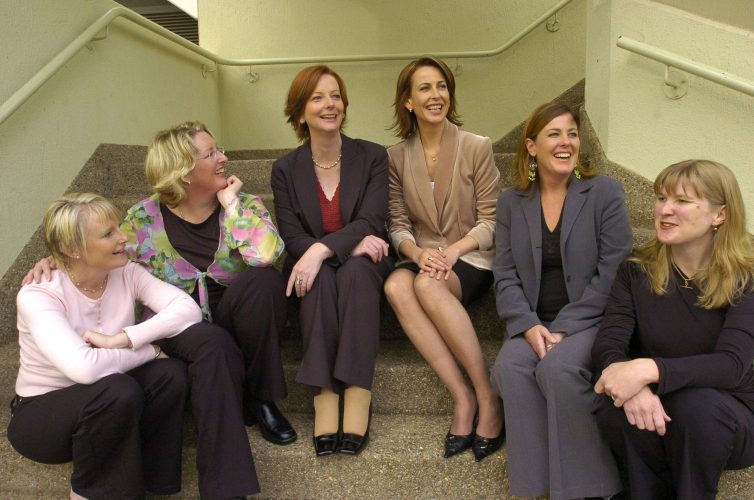Funny isn’t it, how we can fixate on silly, minor things, in the face of a crisis. For me it was the salad sitting on Grace Coddington’s desk. I just knew she wasn’t going to eat it. Coddington, the creative director of Vogue magazine, had been working ridiculously long hours, under enormous pressure, and she needed food. But that salad was staying untouched. I wanted to urge, “Go on Gracie – eat it!” But I know how she feels. I can’t eat when I’m shattered either.
This salad fixation came at a climactic moment in the stunning documentary, The September Issue, a voyeuristic trip inside the workings of Vogue magazine and its fearsome editor, Anna Wintour. Or “nuclear Wintour” as Maureen Dowd dubs her. A single stare from Wintour can do more than just put you off your food. It can end careers and send fashion labels into oblivion.
Wintour is terrifying. Her “ice maiden” demeanour and “Cruella de Vil” guise are legendary. Dowd’s not the only one to ask, “Is Anna human?”
Yet, all that fear and loathing about Anna Wintour has been more folklore than reality. Given she doesn’t normally do interviews, and is painfully private, this film is the first time anyone outside the rarefied world of Vogue gets a real look at the woman who it’s – widely agreed – is the most powerful and influential figure in the $US300billion global fashion industry.
Up close, in action, Wintour is even steelier than Meryl Streep’s cold and calculating take on her in The Devil Wears Prada. That was fiction – which just happened to be written by Wintour’s former assistant. But The September Issue, by award-winning film-maker R.J. Cutler – is fact. And as such, it is truly fascinating.
The fashion is just the backdrop here. What this film is really about is the intensely painful process of creative expression and the pursuit of perfection. At its dramatic heart is one of the publishing world’s most successful creative collaborations of our time.
For some 20 years under the stewardship of Wintour and creative direction of Coddington, Vogue magazine has shaped and dictated fashion trends across the world. Yet their collaboration is painful to observe. They share a deeply felt admiration and respect for one another’s brilliance – and say so. In the only compliment to pass her lips, Wintour calls Coddington a “genius”.
Yet, this creative marriage borders on abusive. Like many co-dependent relationships, the power share is not equal. Wintour is capable of crushing the life out of Coddington. And she almost does.
Which bring me back to the salad moment. Wintour has just trashed what Coddington thinks is her best work. It’s a sumptuous photo shoot and fashion spread, with rich fabrics and velvet tones that echo a luxurious Ingres painting, with a Delacroix flourish. The shots are simply sublime. And Coddington – who at 68 is still a dreamy romantic – is chuffed with the result.
Enter Wintour, arms crossed and shoulders tilted towards the page proofs. Without a word she stares at the images. Like a forensic scientist looking for DNA links, she’s meticulous in her scrutiny. The silence is deafening. Then there’s an inaudible mutter, as she shoves Coddington’s centrepiece to the side. That’s it. It’s out. There is no discussion.
Later Coddington’s face says it all, as that salad sits uneaten on her desk. She tells the film crew she is “furious” and that Wintour has just “thrown out $50,000 worth of work”. But it’s her look of utter shock and childlike bewilderment that tugs at your heart. It’s not about ego. And it’s not about pride. Rather it’s pain felt by a fierce blow to the creative spirit.
As the wistful half of this creative marriage, Coddington is doing far more than styling fashion. She is fashioning moods and emotions, with an eye to the historical and cultural context. There is a lovely moment in the documentary when she stands in a grand stone portico, and slowly takes in the exquisite landscape before her, musing over its age and graceful beauty. She is an aesthete through and through. And like Wintour, Coddington is a perfectionist in her work. Her photo shoots are lovingly created, with an immaculate attention to detail. So when her art is tossed aside, or indeed tossed out, you feel her devastation.
Such seemingly heartless action by Wintour could cast her as the wicked witch in this tale. And no doubt, many will interpret her that way. But Wintour’s handling of those tough and hurtful decisions says more about her talent than her nature. Her greatest strength, as she tells the film-maker in a rare moment of openness, is her “decisiveness”. She doesn’t pander to others. Nor does she pretend.
With Wintour there is no compromise and no half measure. She is absolutely clear about what she wants. And she has no qualms about getting it. Even if it means striking blows to those she needs most. There is strategy in her warfare. And the truth is – Coddington’s creative juices are energised by it.
I just hope she gets to eat her lunch.
